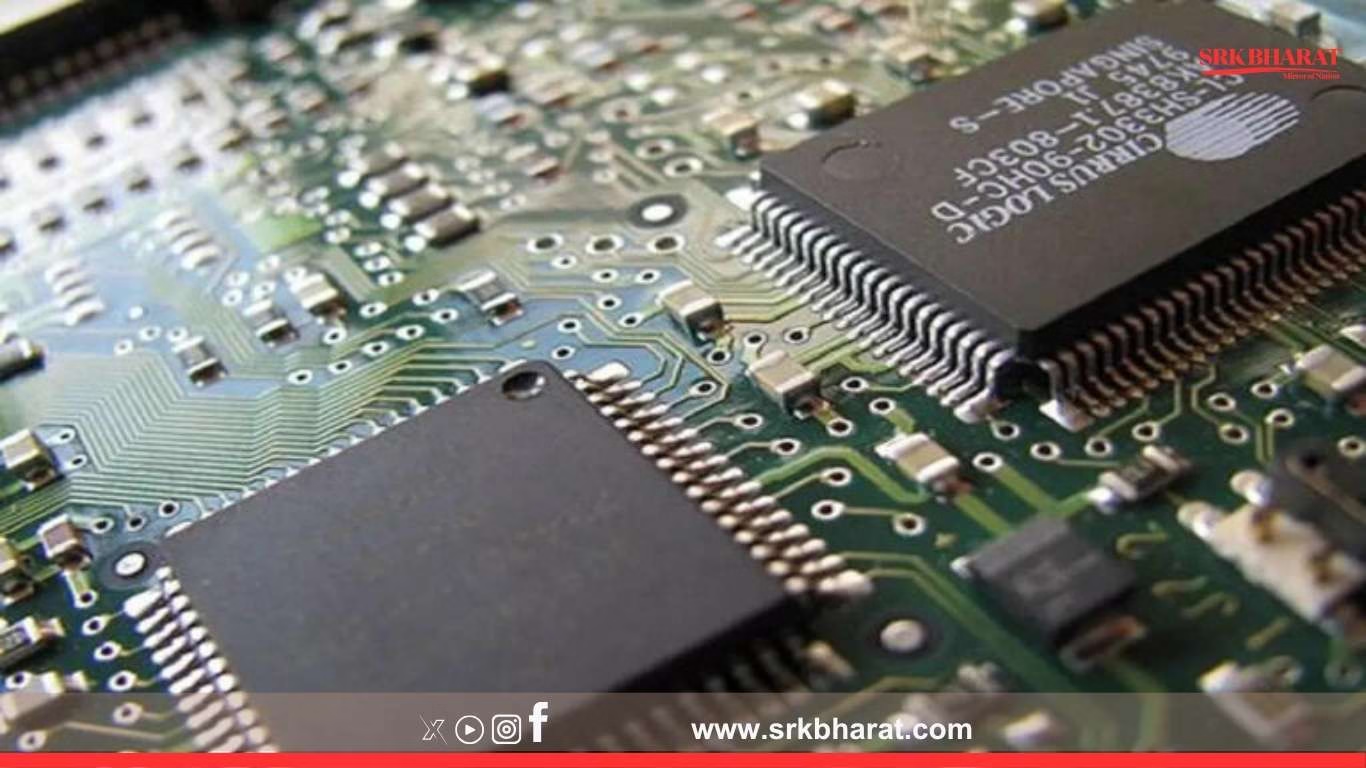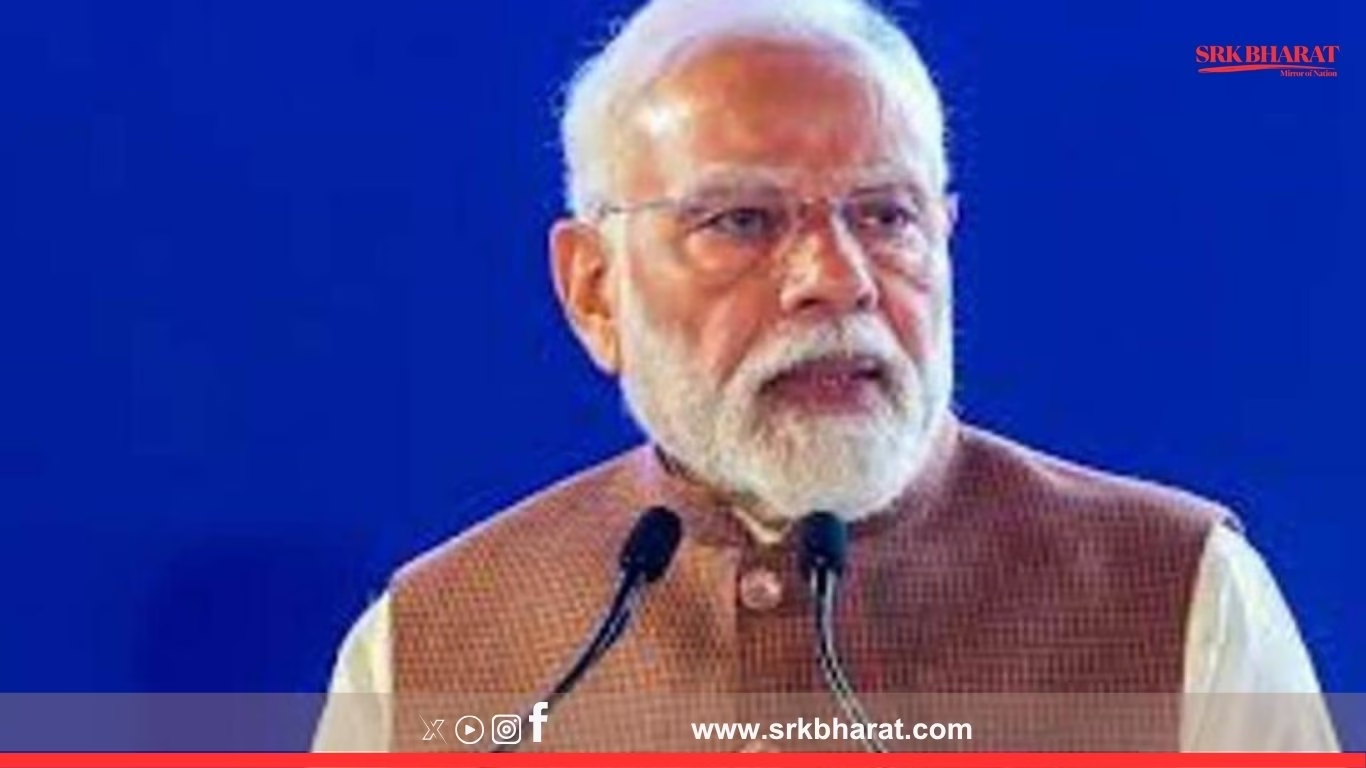India has officially entered the global semiconductor race with a $100 billion gambit that aims to transform the country into a leading hub for chip design, manufacturing, and packaging. As the world hurtles toward a digitally interconnected future, semiconductors—often referred to as the “new oil”—have become essential to nearly every modern industry, from smartphones and cars to defense systems and artificial intelligence. With the global semiconductor market expected to touch the $1 trillion mark by 2030, India is accelerating its push to secure a significant piece of this lucrative pie.
The ambitious plan is supported by a mixture of government incentives, global partnerships, state-level investments, and aggressive policy reforms aimed at reducing dependence on foreign-made chips and building a robust domestic supply chain. But with global giants like the U.S., China, Taiwan, South Korea, and the European Union already staking strong claims, India’s late entry into the semiconductor game comes with both high risks and high rewards.
Strategic National Imperative
Semiconductors are the backbone of modern technological infrastructure. India, with its rapidly expanding digital economy, growing consumer base, and need for self-reliant defense and telecom sectors, cannot afford to remain dependent on imported chips. Recognizing this, the Indian government unveiled the India Semiconductor Mission (ISM), backed by over ₹76,000 crore ($10 billion) in central support, and now extended by state-level partnerships and private investments that push the total potential outlay close to $100 billion.
This is not merely an economic endeavor but a strategic imperative. Supply chain shocks during the pandemic exposed India’s vulnerabilities, with key sectors such as automobiles and electronics suffering due to chip shortages. The growing geopolitical tensions around Taiwan—the hub of global chip production—have added urgency to the mission.
Major Projects and Collaborations
India’s semiconductor roadmap is being led by a combination of global technology partnerships and domestic champions. Here’s a snapshot of some of the major developments:
| Company/Consortium | Project Location | Investment (USD) | Focus Area | Partner(s) |
|---|---|---|---|---|
| Micron Technology | Gujarat (Sanand) | $2.75 billion | ATMP (Assembly, Testing, Marking, Packaging) | Govt. of Gujarat, ISM |
| Tata Electronics | Dholera, Gujarat | $10 billion | Fab manufacturing | Taiwan’s PSMC (in talks) |
| Vedanta-Foxconn JV | Gujarat (Pulled Out) | $19.5 billion | Integrated semiconductor facility | Dissolved (Vedanta now solo) |
| ISMC Analog Fab | Karnataka (Mysuru) | $3 billion | Analog chip fabrication | Tower Semiconductor (Israel) |
| Applied Materials | Bangalore | $400 million | Engineering & R&D Center | Standalone |
| Lam Research | India (Pan-India) | $300 million | Chip tool training & skilling | Skilling initiatives |
These projects are projected to generate over 100,000 direct and indirect jobs and boost India’s share in global semiconductor design and packaging, which currently stands below 1%.
Government’s Role: Incentives and Infrastructure
The Indian government has adopted a “whole-of-nation approach” to semiconductor development. In addition to the central scheme, several states—particularly Gujarat, Karnataka, Tamil Nadu, Telangana, and Uttar Pradesh—have introduced semiconductor-specific policies offering land subsidies, capital assistance, power tariff support, and single-window clearances.
The Modified Programme for Semiconductors and Display Fab Ecosystem, launched in 2021, offers up to 50% fiscal support for eligible projects. Additionally, the Design Linked Incentive (DLI) Scheme with a corpus of ₹1,000 crore is aimed at promoting chip design startups.
The government’s strategy also includes building “Semicon Cities”, industrial clusters with integrated infrastructure for chip manufacturing, logistics, housing, and academic training.
India’s Position in the Global Semiconductor Ecosystem
India holds a strong presence in semiconductor design, with more than 20% of global chip design engineers based in the country. Major global firms like Intel, Qualcomm, AMD, Nvidia, and Texas Instruments already have large design centers in India. However, the lack of fabrication (fab) units has been a longstanding bottleneck.
The global chip ecosystem is currently dominated by a few regions:
| Region/Country | Market Share (%) | Key Strengths |
|---|---|---|
| Taiwan | 65% | Advanced fabrication (TSMC), packaging |
| South Korea | 18% | Memory chips (Samsung, SK Hynix) |
| United States | 12% | Design, innovation (Intel, Nvidia) |
| China | 6% | Government-supported fabs, assembly |
| European Union | 5% | Equipment, automotive-grade chips |
| India | <1% | Design talent, emerging in packaging/fabs |
India’s strategy is to leapfrog into the ATMP and mature-node chip segments initially, while investing in long-term advanced-node fabrication capability in parallel.
Challenges on the Horizon
Despite the massive opportunity, India’s chip ambitions face several challenges:
- Lack of existing ecosystem: Building from scratch requires time, talent, and enormous capital.
- Skilled workforce gap: While India has engineers, it lacks trained fab specialists and technicians.
- Technological dependency: Core equipment and materials are still controlled by the U.S., Japan, and Netherlands.
- Water and power intensive operations: Semiconductor fabs require uninterrupted electricity and ultra-pure water—logistics India is still improving.
- Geopolitical headwinds: U.S. sanctions on China have created a complex environment for chip firms and partners working across borders.
Global Perspective: The $1 Trillion Opportunity
The global semiconductor market is projected to grow from $600 billion in 2024 to $1 trillion by 2030, fueled by demand in AI, electric vehicles, IoT, 5G, aerospace, and quantum computing. Countries are pouring billions into creating domestic chip capacity, with the U.S. CHIPS Act ($52 billion), EU’s Chips Act (€43 billion), and China’s subsidies estimated over $100 billion.
India’s $100 billion ambition, though small compared to the giants, positions it as a serious contender in the global value chain.
Future Outlook and Industry Voices
Industry leaders have expressed cautious optimism. Sanjay Mehrotra, CEO of Micron Technology, praised India’s strategic vision and talent base, calling it “a natural next destination for supply chain diversification.”
N. Chandrasekaran, Chairman of Tata Sons, recently stated that Tata’s chip plans are “not just about catching up but shaping the future of tech manufacturing in India.”
Analysts predict that if India succeeds even modestly, it could corner 5–7% of the global market by 2030—generating $50–70 billion in annual exports and transforming India into a major player in the high-tech economy.
Conclusion
India’s $100 billion semiconductor gambit is more than just an industrial plan—it’s a declaration of tech sovereignty and economic ambition. With a rising consumer base, a growing digital economy, and geopolitical winds shifting toward supply chain decentralization, India has a historic opportunity to embed itself into one of the world’s most strategic industries.
The path ahead is filled with technological, financial, and infrastructural challenges, but with sustained policy support, skilled talent development, and global partnerships, India could well emerge as a new semiconductor powerhouse in the next decade.
Disclaimer: The article is based on public policy announcements, industry statements, and expert projections. Figures and company details are subject to change based on market developments. The publication does not endorse any commercial entity mentioned.











